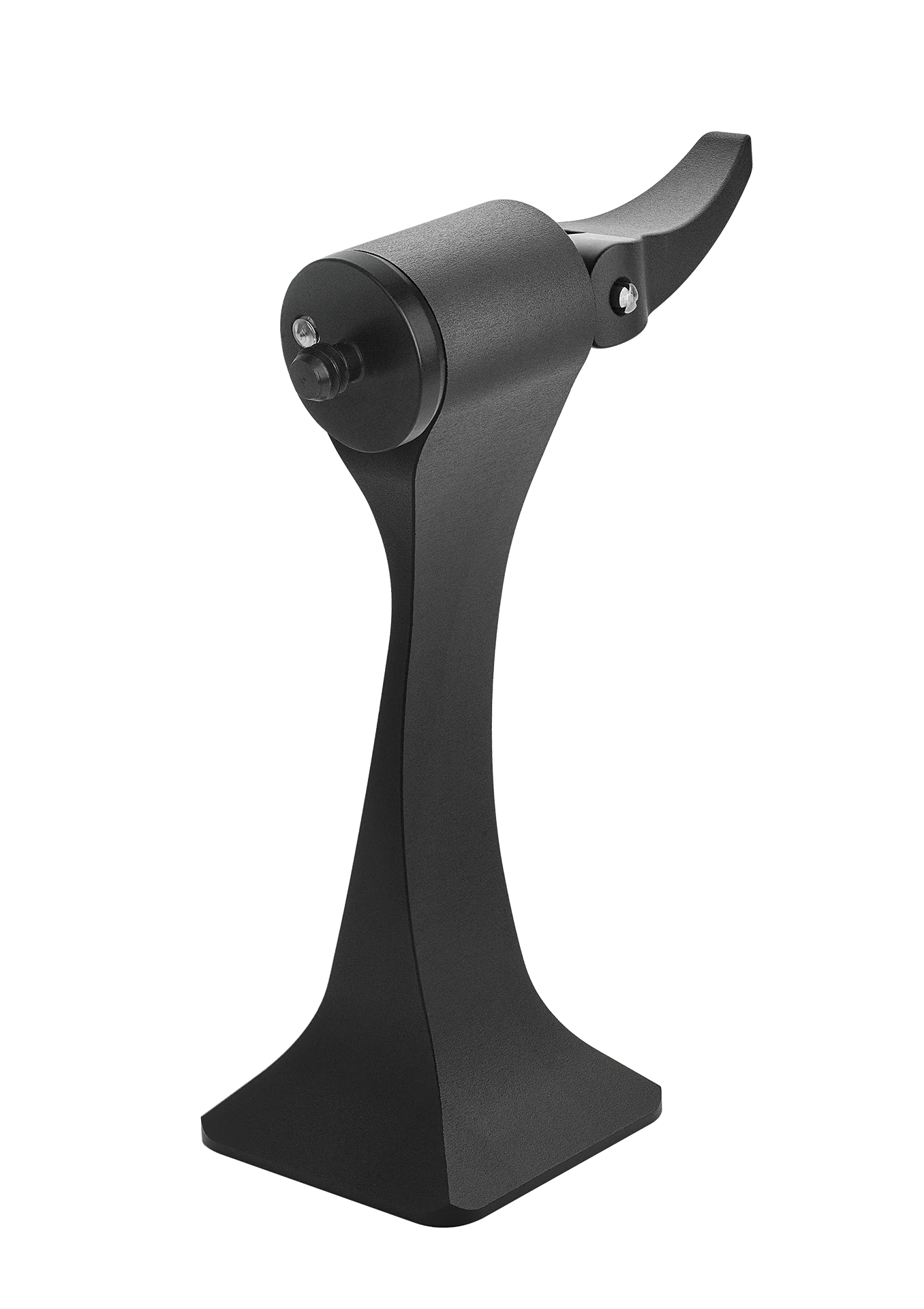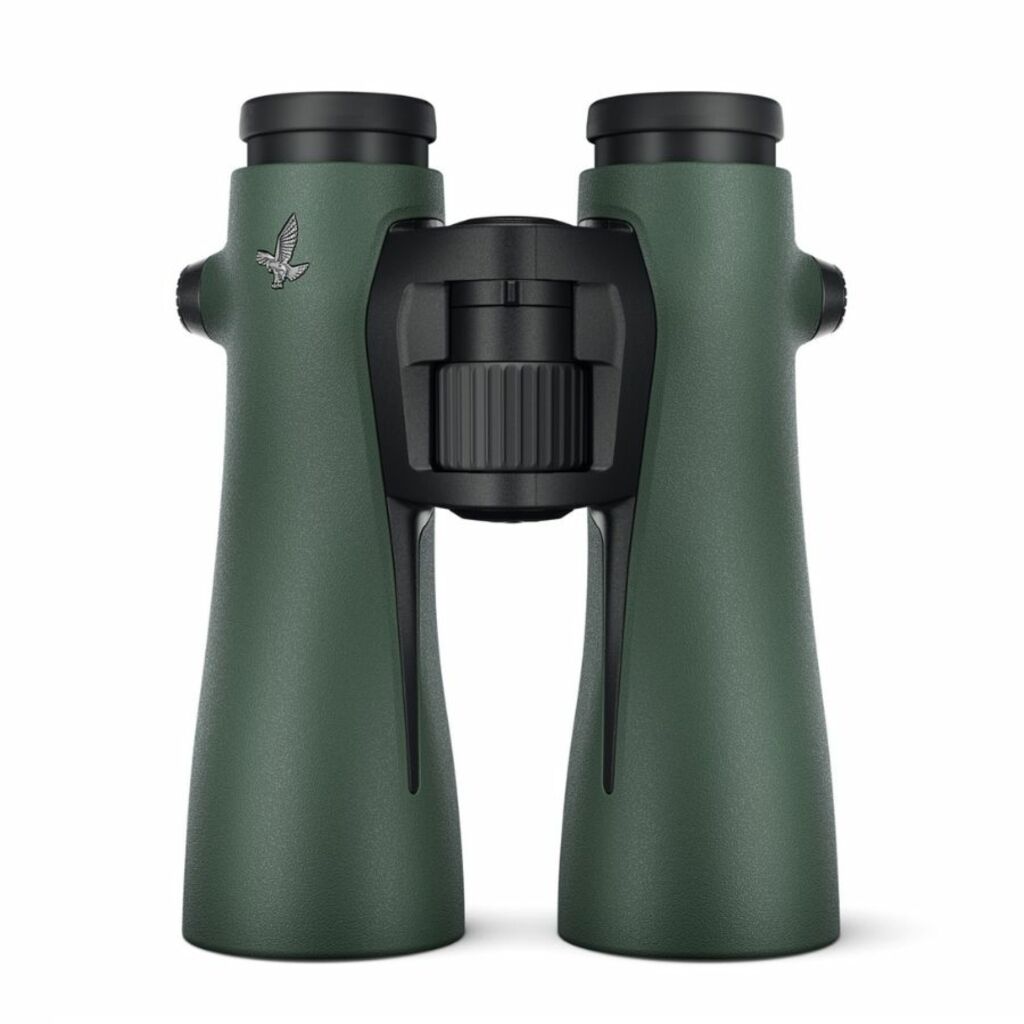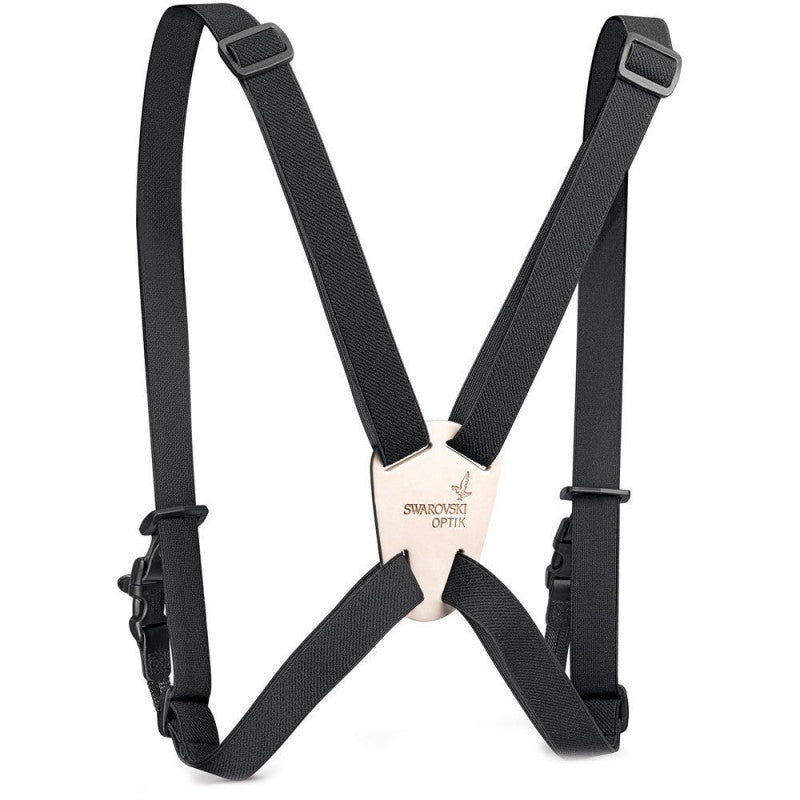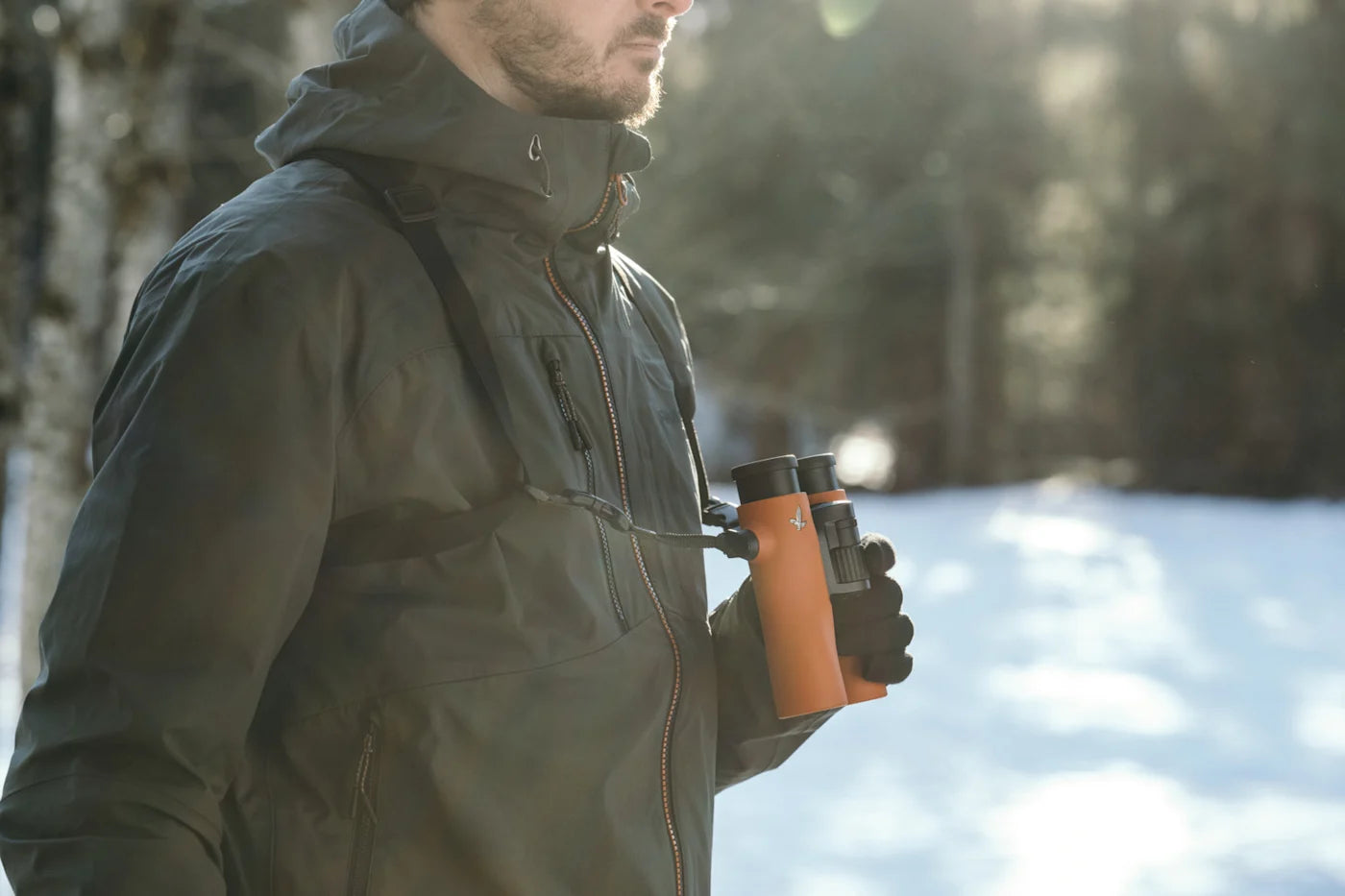Color
Verde
 Monocular
Monocular
Cart
Your cart is empty
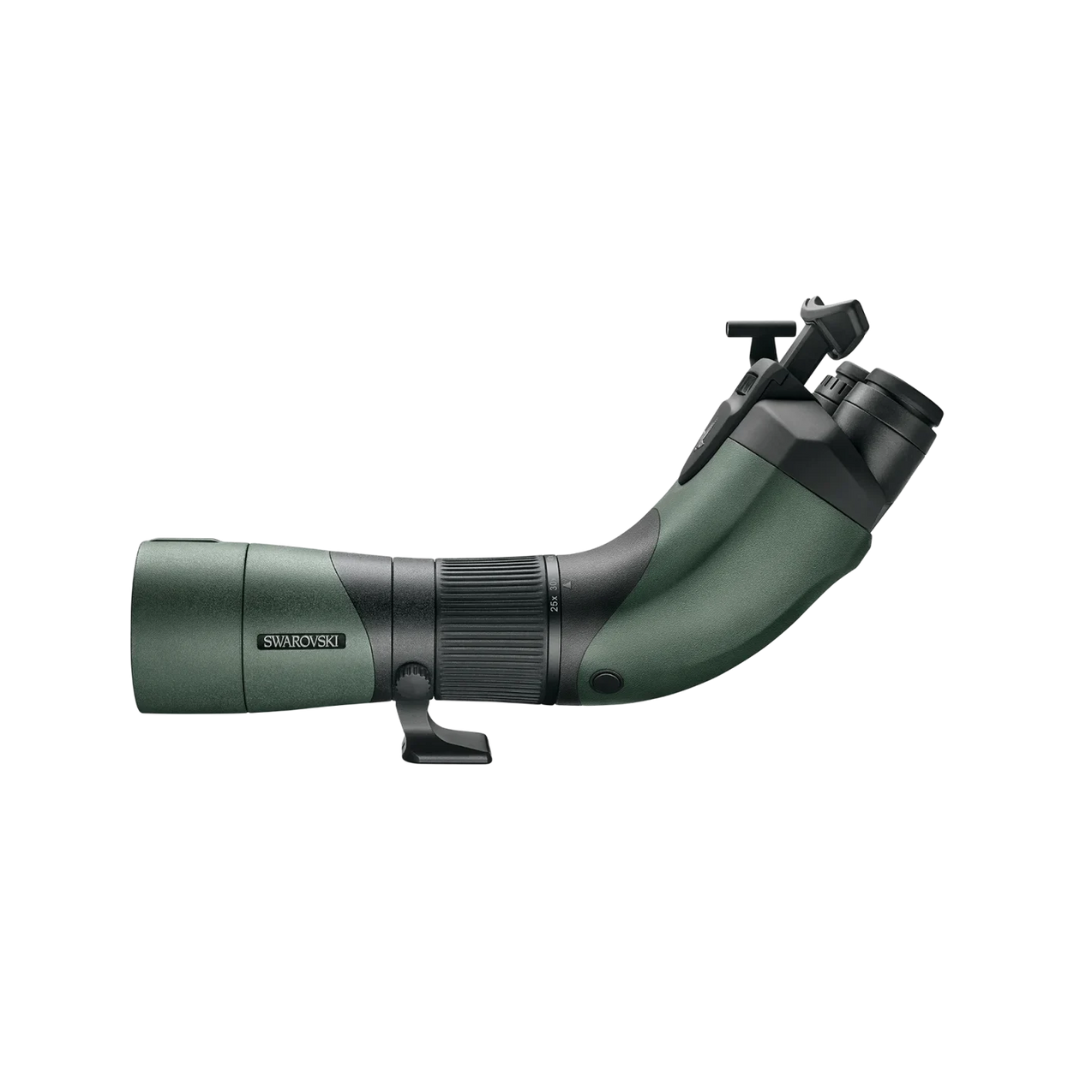
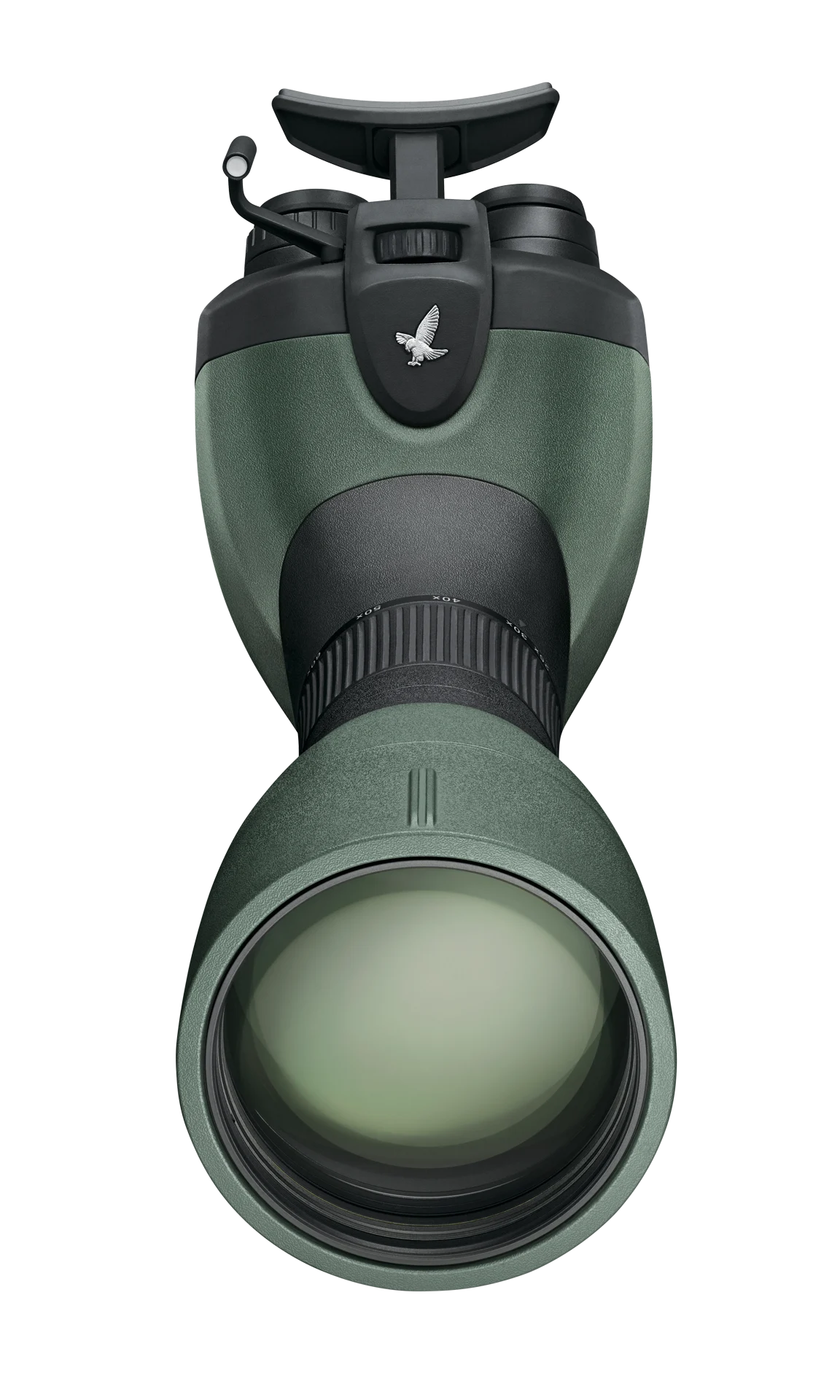

Delivery in 48 - 72 hours
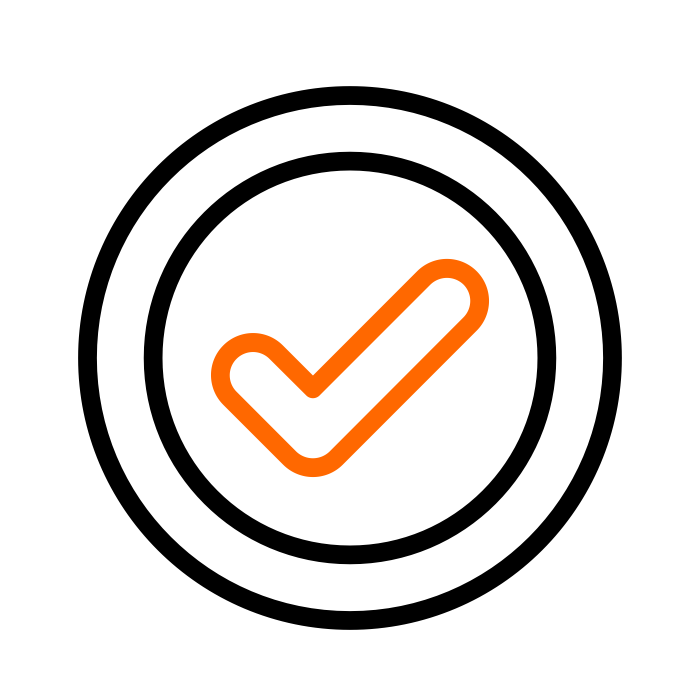
YWH Validated Products

Free Shipping on orders over €27.95

Secure Payment
The BTX combines the visual power of both eyes , offering a revolutionary viewing experience . Thanks to its high-quality optics , it reveals every detail with stunning clarity , allowing you to capture even the most crucial subtleties in nature.
Designed for maximum comfort , it features an ergonomic forehead rest and angled viewing angle , allowing for hours of fatigue-free viewing . Ideal for those seeking immersive, uncompromising viewing.
Free shipping from €27.95
You have 14 calendar days from the moment you receive your order.
To Make the Return:
- Pack your order.
- Write us an email with the word "Return" and the order number and send it to our warehouses.
- Upon receipt of the item, we will refund you immediately.

Choose options


Verde

Negro

The objective lens diameter specifies the amount of light that can enter the optical device. This makes it a key factor in an instrument's performance, for example, at dusk. The larger the objective lens diameter, the more light it can capture. The darker the environment, the larger the objective lens diameter you'll need. Check the exact product name, as the number after the "x" specifies the objective lens diameter in millimeters. For example, a device with the suffix 10x42 has an objective lens with a diameter of 42 mm.
Variable magnification allows you to flexibly adjust the magnification within a specific range. Unlike fixed magnification, it allows you to zoom from the lowest to the highest value. However, as the magnification increases, the field of view, i.e., the section of the image, decreases. Check the exact product name, as the number preceding the "x" indicates the magnification. For example, 30-70x95 is a device with variable magnification, from 30x to 70x.
The field of view defines the size of the image section that can be seen through the optical device. It is specified in meters (width) at a distance of 1000 meters (m/1000 m) or as an angle (degrees). The higher the magnification, the smaller the field of view. Binoculars have a large field of view, which means you'll be able to see a wide area. Telescopes have higher magnification, making the field of view much smaller, but you'll be able to see more detail.
Suggested
SUBSCRIBE TO OUR NEWSLETTER AND GET
